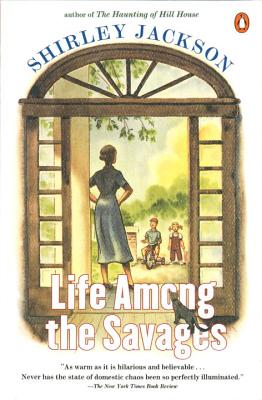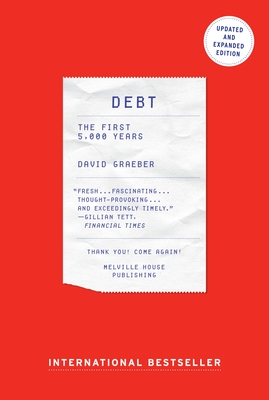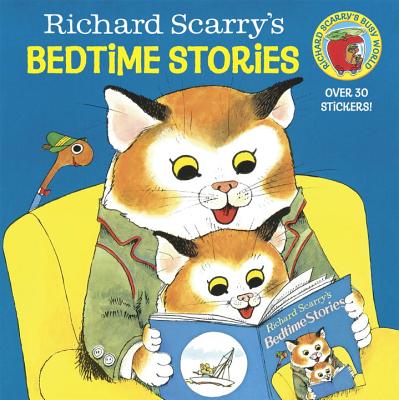***
Here's an oldie but a goodie. Everyone always says The Shining is where it's at, by I find something profoundly terrifying about The Stand. I'm sure it's related to the whole plague-ridden, end-of-days thing.The Stand by Stephen King
 When a man escapes from a biological testing facility, he sets in motion a deadly domino effect, spreading a mutated strain of the flu that will wipe out 99 percent of humanity within a few weeks. The survivors who remain are scared, bewildered, and in need of a leader. Two emerge--Mother Abagail, the benevolent 108-year-old woman who urges them to build a community in Boulder, Colorado; and Randall Flagg, the nefarious "Dark Man," who delights in chaos and violence.
When a man escapes from a biological testing facility, he sets in motion a deadly domino effect, spreading a mutated strain of the flu that will wipe out 99 percent of humanity within a few weeks. The survivors who remain are scared, bewildered, and in need of a leader. Two emerge--Mother Abagail, the benevolent 108-year-old woman who urges them to build a community in Boulder, Colorado; and Randall Flagg, the nefarious "Dark Man," who delights in chaos and violence.
***
I really love Shirley Jackson. And when most people think about her, they think The Haunting of Hill House and my personal favorite, We Have Always Lived in the Castle. But sometimes real life can be more frightening than a spooky book. So check out Life Among the Savages, Jackson's hilarious memoir about raising small children, learning to drive, and trying to maintain her sanity in rural Vermont.
 "Our house," writes Jackson, "is old, noisy, and full. When we moved into it we had two children and about five thousand books; I expect that when we finally overflow and move out again we will have perhaps twenty children and easily half a million books."
"Our house," writes Jackson, "is old, noisy, and full. When we moved into it we had two children and about five thousand books; I expect that when we finally overflow and move out again we will have perhaps twenty children and easily half a million books." Jackson's literary talents are in evidence everywhere, as is her trenchant, unsentimental wit. Yet there is no mistaking the happiness and love in these pages, which are crowded with the raucous voices of an extraordinary family living a wonderfully ordinary life.
***
Mark B. would kill me if I didn't include this one in my list of scary tales.Smoke Gets in Your Eyes: And Other Lessons from the Crematory by Caitlin Doughty
 Most people want to avoid thinking about death, but Caitlin Doughty a twenty-something with a degree in medieval history and a flair for the macabre took a job at a crematory, turning morbid curiosity into her life s work. With an original voice that combines fearless curiosity and mordant wit, Caitlin tells an unusual coming-of-age story full of bizarre encounters, gallows humor, and vivid characters (both living and very dead). Describing how she swept ashes from the machines (and sometimes onto her clothes), and cared for bodies of all shapes and sizes, Caitlin becomes an intrepid explorer in the world of the deceased. Her eye-opening memoir shows how our fear of dying warps our culture and society, and she calls for better ways of dealing with death (and our dead). In the spirit of her popular Web series, Ask a Mortician, Caitlin s engaging narrative style makes this otherwise scary topic both approachable and profound."
Most people want to avoid thinking about death, but Caitlin Doughty a twenty-something with a degree in medieval history and a flair for the macabre took a job at a crematory, turning morbid curiosity into her life s work. With an original voice that combines fearless curiosity and mordant wit, Caitlin tells an unusual coming-of-age story full of bizarre encounters, gallows humor, and vivid characters (both living and very dead). Describing how she swept ashes from the machines (and sometimes onto her clothes), and cared for bodies of all shapes and sizes, Caitlin becomes an intrepid explorer in the world of the deceased. Her eye-opening memoir shows how our fear of dying warps our culture and society, and she calls for better ways of dealing with death (and our dead). In the spirit of her popular Web series, Ask a Mortician, Caitlin s engaging narrative style makes this otherwise scary topic both approachable and profound."
***
And along the same vein...The American Way of Death Revisited by Jessica Mitford
 Only the scathing wit and searching intelligence of Jessica Mitford could turn an exposé of the American funeral industry into a book that is at once deadly serious and side-splittingly funny. When first published in 1963 this landmark of investigative journalism became a runaway bestseller and resulted in legislation to protect grieving families from the unscrupulous sales practices of those in "the dismal trade."
Only the scathing wit and searching intelligence of Jessica Mitford could turn an exposé of the American funeral industry into a book that is at once deadly serious and side-splittingly funny. When first published in 1963 this landmark of investigative journalism became a runaway bestseller and resulted in legislation to protect grieving families from the unscrupulous sales practices of those in "the dismal trade." Just before her death in 1996, Mitford thoroughly revised and updated her classic study. The American Way of Death Revisited confronts new trends, including the success of the profession's lobbyists in Washington, inflated cremation costs, the telemarketing of pay-in-advance graves, and the effects of monopolies in a death-care industry now dominated by multinational corporations.
***
And now for something truly bone-chilling...and, it's newly revised!Debt: The First 5,000 Years by David Graeber
 Every economics textbook says the same thing: Money was invented to replace onerous and complicated barter systems—to relieve ancient people from having to haul their goods to market. The problem with this version of history? There’s not a shred of evidence to support it.
Every economics textbook says the same thing: Money was invented to replace onerous and complicated barter systems—to relieve ancient people from having to haul their goods to market. The problem with this version of history? There’s not a shred of evidence to support it. Here anthropologist David Graeber presents a stunning reversal of conventional wisdom. He shows that for more than 5,000 years, since the beginnings of the first agrarian empires, humans have used elaborate credit systems to buy and sell goods—that is, long before the invention of coins or cash. It is in this era, Graeber argues, that we also first encounter a society divided into debtors and creditors.
Graeber shows that arguments about debt and debt forgiveness have been at the center of political debates from Italy to China, as well as sparking innumerable insurrections. He also brilliantly demonstrates that the language of the ancient works of law and religion (words like “guilt,” “sin,” and “redemption”) derive in large part from ancient debates about debt, and shape even our most basic ideas of right and wrong. We are still fighting these battles today without knowing it.
***
I've saved the most ghastly, most gruesome, most horrible for last...get it? Scarry? Get it?!!?!!?Richard Scarry's Bedtime Stories by Richard Scarry
 Five funny tales featuring Lowly Worm, Huckle Cat, Bananas Gorilla, and the rest of Scarry's memorable menagerie are collected in a sleepytime anthology.
Five funny tales featuring Lowly Worm, Huckle Cat, Bananas Gorilla, and the rest of Scarry's memorable menagerie are collected in a sleepytime anthology.I'm not even sorry about that pun. Happy Halloween, everybody!

No comments:
Post a Comment